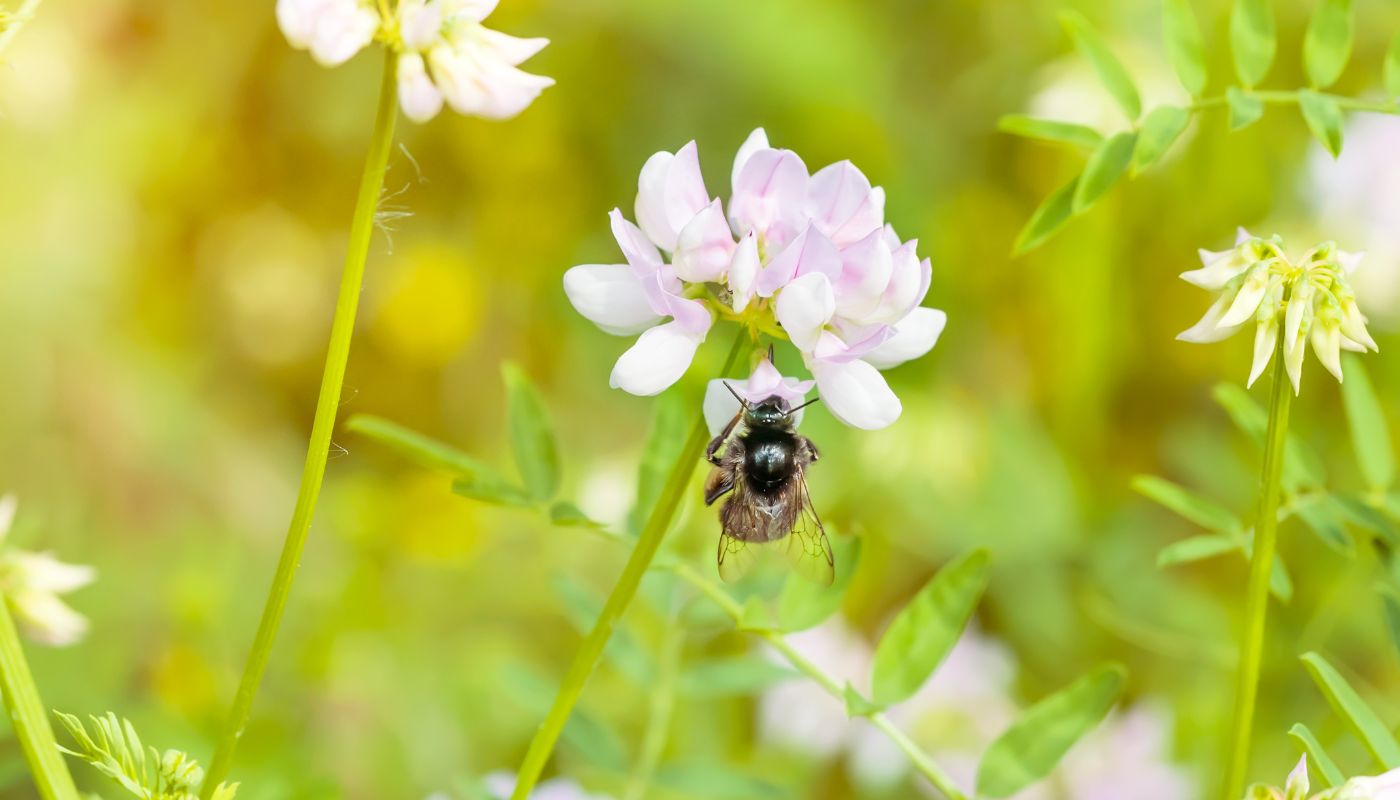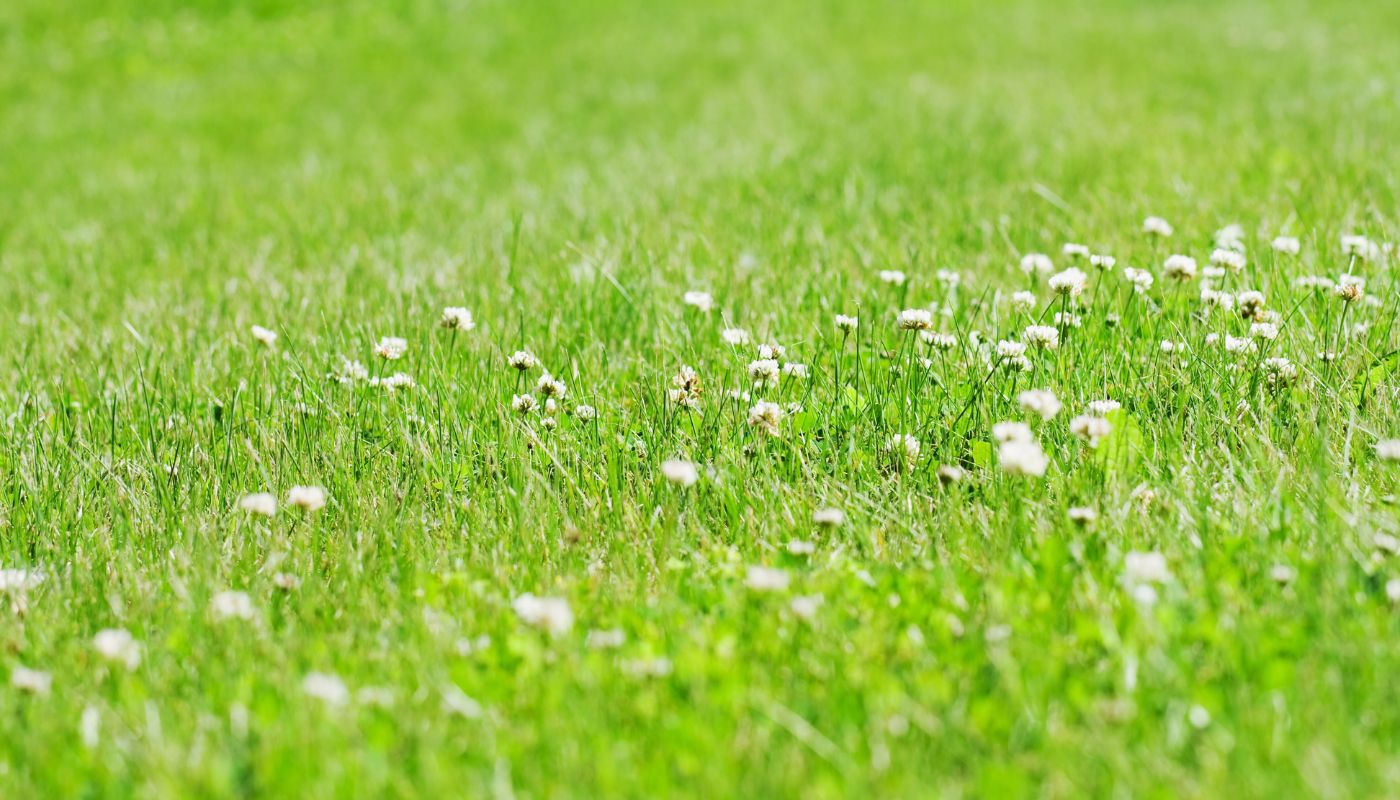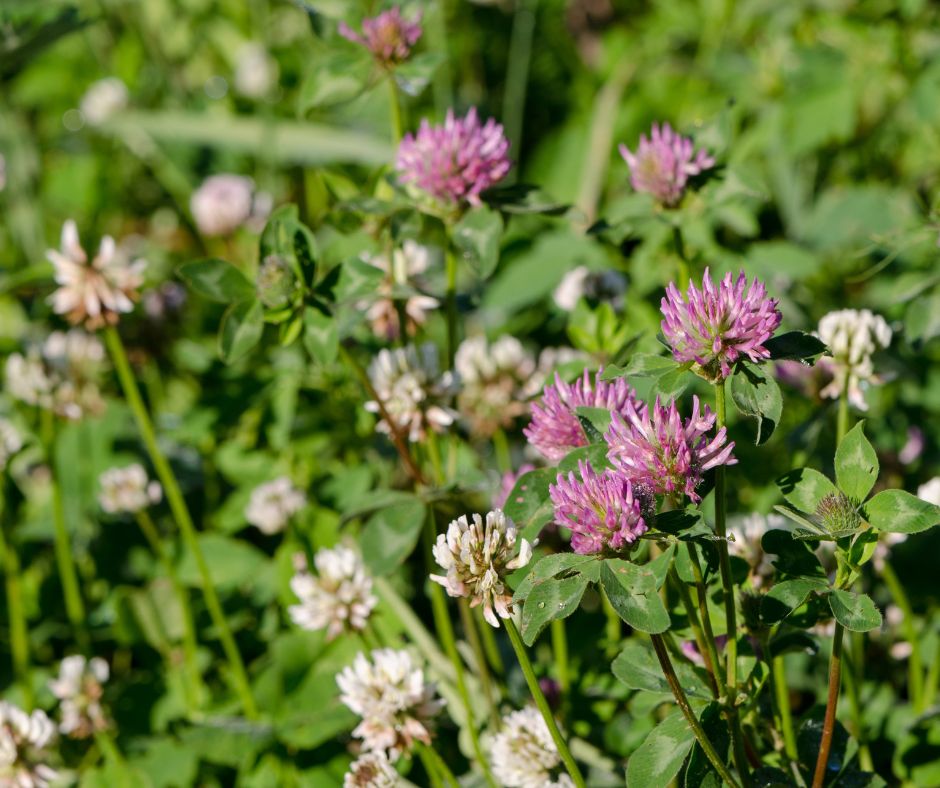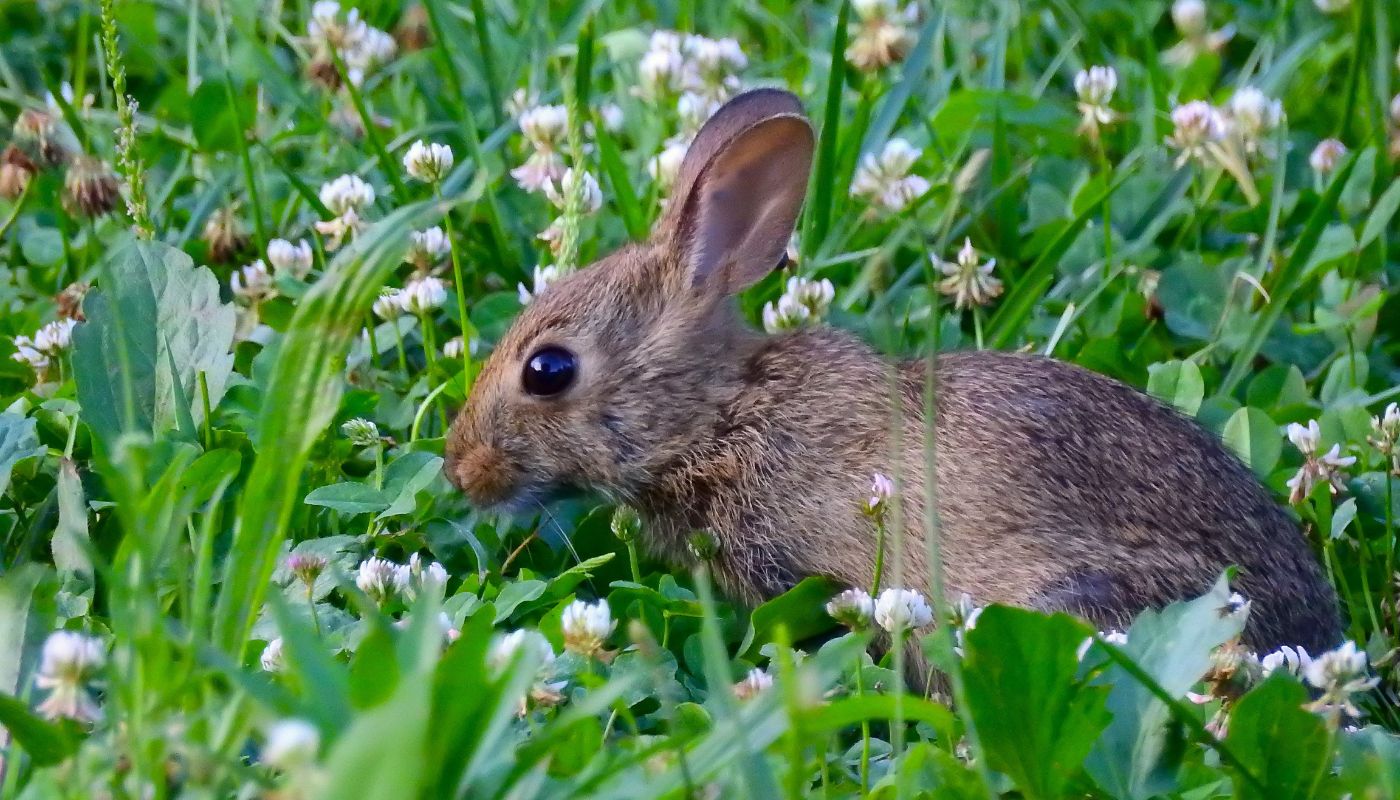Unleash Nature's Bounty: The Ecosystem Benefits of Clover in Your Yard
Common gardening practices may overlook the humble clover, perceiving it merely as an invasive 'weed'. However, this small plant is a hidden gem, providing essential sustenance for a wide variety of wildlife, including different bee species such as bumblebees and many other creatures. Let's explore why you should cherish and cultivate clover in your yard to support and nourish your local ecosystem.
The Ecosystem's Powerhouse: Clover
At first glance, you might underestimate clover. However, its influence goes far beyond its small stature. Clover becomes a wildlife magnet when it blooms, providing a nutritional source and a suitable habitat for various insects and small mammals.
Clover: A Lifeline for Bees

Clover is akin to a never-ending buffet for bumblebees, honeybees, and numerous wild bee species. They extract nectar from the blossoming clover flowers, providing them with essential nutrients and energy. In return, these diligent pollinators contribute to the clover's life cycle by assisting in its pollination, leading to its further growth and spread.
A Wildlife Oasis: Beyond Bees
Clover doesn't just cater to bees. It attracts a diverse range of wildlife species, contributing to a dynamic ecosystem right in your backyard. Butterflies, moths, and other insects savor the clover's nectar, while rabbits, field mice, and other small mammals often feed on its nutrient-rich leaves. Even larger animals, such as deer, have been known to graze on patches of clover.
White Clover Vs. Red Clover: Attracting Different Wildlife
Both white and red clover are valuable contributors to your yard's ecosystem, but they differ slightly in their appearances, preferred environments, and the specific types of wildlife they attract.
White Clover: A Miniature Haven for Pollinators
White clover (Trifolium repens) is the type of clover you're most likely to see in a typical lawn. It's a low-growing plant with small, white, ball-shaped flowers. Its size and close-to-ground growth make it a preferred choice for ground-dwelling creatures.
In terms of wildlife, white clover's nectar-rich flowers are attractive to a variety of bees, including honeybees and bumblebees. Butterflies, like the Clouded Sulphur and Eastern Tailed-Blue, are also frequent visitors. Small mammals, such as rabbits, appreciate the tender leaves of the white clover as part of their diet.
Red Clover: A Tall Attractor for Diverse Wildlife
On the other hand, red clover (Trifolium pratense) is a taller plant with larger, pinkish-purple flowers. It typically grows in meadows and fields rather than lawns and can reach heights of up to 2 feet.
While red clover is also an excellent source of nectar for bees, its height, and larger flowers tend to attract different wildlife. Larger butterfly species, such as the Silver-Spotted Skipper, are often seen sipping nectar from red clover blooms. Birds, like the Bobwhite Quail and Wild Turkey, are known to feed on red clover seeds. Deer, too, favor red clover as a food source, thanks to its larger, more abundant leaves.
Clover's Role in Bolstering Soil Health

Beyond being a wildlife haven, clover is crucial in improving and maintaining soil health. Clover plants form a symbiotic relationship with certain soil bacteria, enabling the 'fixing' of atmospheric nitrogen. This process converts nitrogen into a form that other plants can absorb and utilize, enriching the soil and boosting fertility. This, in turn, encourages the growth and vitality of other plants in your yard.
Clover's Integral Role in Natural Gardening
The benefits of clover extend to natural gardening practices. By fixing nitrogen and improving soil fertility, clover negates the need for synthetic fertilizers. The wildlife it attracts, especially predatory insects, contributes to natural pest control. These insects prey on harmful pests, reducing the need for chemical insecticides. Thus, allowing clover to grow contributes to a sustainable and organic approach to gardening, reducing your ecological footprint while maintaining a vibrant and healthy yard.
Championing Wildlife Diversity with Clover
By promoting clover growth in your yard, you're supporting more than just bees. You're encouraging a more diverse and balanced wildlife population. This diversity creates a robust and interconnected ecosystem, more resilient to disturbances and healthier overall. By providing different species with food and habitat, you play an integral part in supporting biodiversity, a key factor in environmental sustainability.
Conclusion
Clover, often underestimated and undervalued, can be the secret ingredient to a thriving and lively yard. Cultivating clover provides a bounty for bees and diverse wildlife, enhances your soil, and promotes natural gardening. So, the next time you spot clover in your yard, reconsider its removal. This small plant could be the cornerstone of your backyard's healthy and balanced ecosystem!
You must be logged in to this post! Please sign in:






